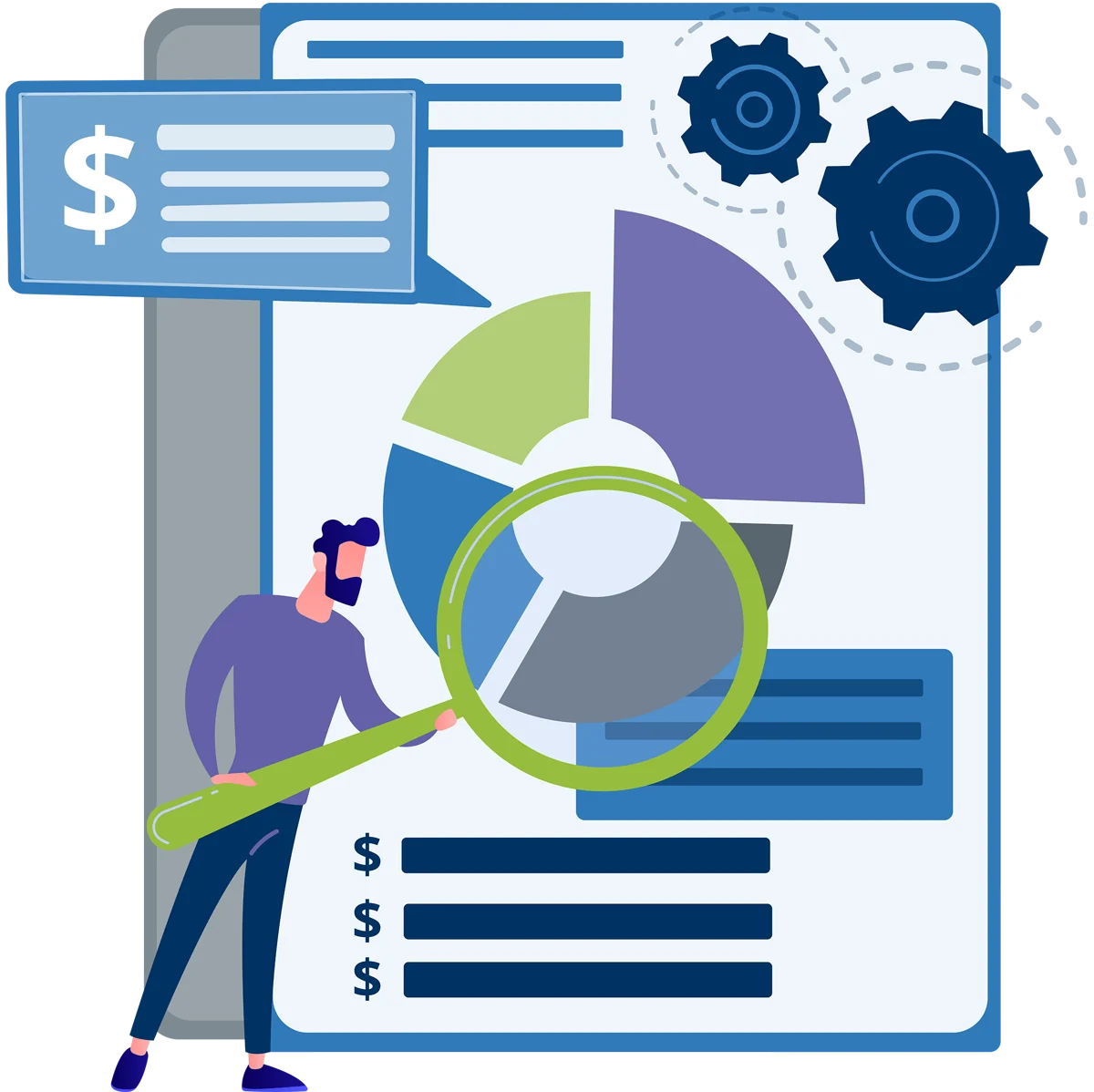From Start to Finish:
Critical Steps to Propel Sales Teams to Success
Embrace the power of the data-driven sales cycle. For over 25 years, Tibersoft has been revolutionizing foodservice performance optimization for top-tier manufacturers, providing transaction-verified, location-level visibility and actionable insights.
Unlock Foodservice Performance Optimization:
The Data-Driven Sales Cycle
Are you missing a critical step in the data-driven sales cycle? If your team struggles with analysis paralysis, spin, or low ROI, the data-driven sales cycle can help pinpoint weaknesses in your food-away-from-home strategy. A sales leader at a large foodservice manufacturer recently told us:
“There’s so much data, so how do we simplify the data that’s out there and put it in digestible nuggets? Or simplify the amount of data that we push out to the team? I think that’s the biggest challenge. There’s so much, but you don’t always need everything that’s in the mix. What does the team really need to go out to make it actionable, and make it effective?”
Four critical steps in the data-driven sales cycle propel a sales team to success. Many organizations have strengths in parts of this cycle, but not all. All the steps need to be completed to achieve a high-performing data-driven sales team and unlock foodservice performance optimization (FPO). That’s where Tibersoft can help.
From Start to Finish:
How completing each step in the data-driven sales cycle propels teams to success.
In the competitive sales landscape, each step is crucial in a repeating cycle. Data-driven sales team must navigate through key cycle stages to reach success. From data completeness to transformation, and clarity, every aspect is essential. Without these components and a keen eye on ROI, achieving a high-performing data-driven sales team becomes challenging. Join us on the journey to Foodservice Performance Optimization (FPO).
Access Infographic

Data Clarity: Seeking Ease & Simplicity
One of our clients’ sales leader told us: “There’s so much data, so how do we simplify the data that’s out there and put it in digestible nuggets? We did a good job on that with Tibersoft. Otherwise, it becomes daunting… and it’ll get disregarded. If it’s inconsistent, it’ll be disregarded. Trust is a big part of it. It’s reducing it to what was needed. Because we could’ve given the sales team a lot more. Instead, let’s simplify it.”
Data ROI: Authenticating the Action
Making data-driven decisions are critical for achieving foodservice performance optimization. Rick Smith, National Account Executive at J.M. Smuckers told us, “Navigating decision-making involves convincing others that data should help drive our choices. Relying solely on instincts is outdated; instead, I advocate for data-backed actions. Does this approach truly make sense, especially when investments are at play? It usually does because ROI improves.”
After your sales team actions against your organization’s strategic plans, it’s important to see how things worked out. Authenticating what came to fruition for both direct sales and broker teams allows to accurately view successes and gaps and better plan for the next round. You can evaluate if the team attained the desired volume or other expected results. If yes, how can you repeat the success? If no, what can be done to optimize performance?


Data Completeness: The Foundation
Data completeness results in data confidence. Skipping this step means that the rest of the journey is on shaky ground, with people questioning where and how their information is curated. Poor data usually results in paralysis from being sent into a tailspin, or low ROI as decisions weren’t made based on accurate or comprehensive inputs. This step is absolutely foundational to the cycle and it’s importance cannot be underscored or overlooked.
Data Transformation: The Curation
Beyond technology, also having the right people and processes helps you transform raw data into usable, curated insights. Organizations are working hard to get the right information into the right hands integrated across their systems like their ERP, TPM and CRM. Many have likely made large investments across their resources to achieve this step, and continue to work diligently to streamline offerings as the business and data in the industry evolve.


